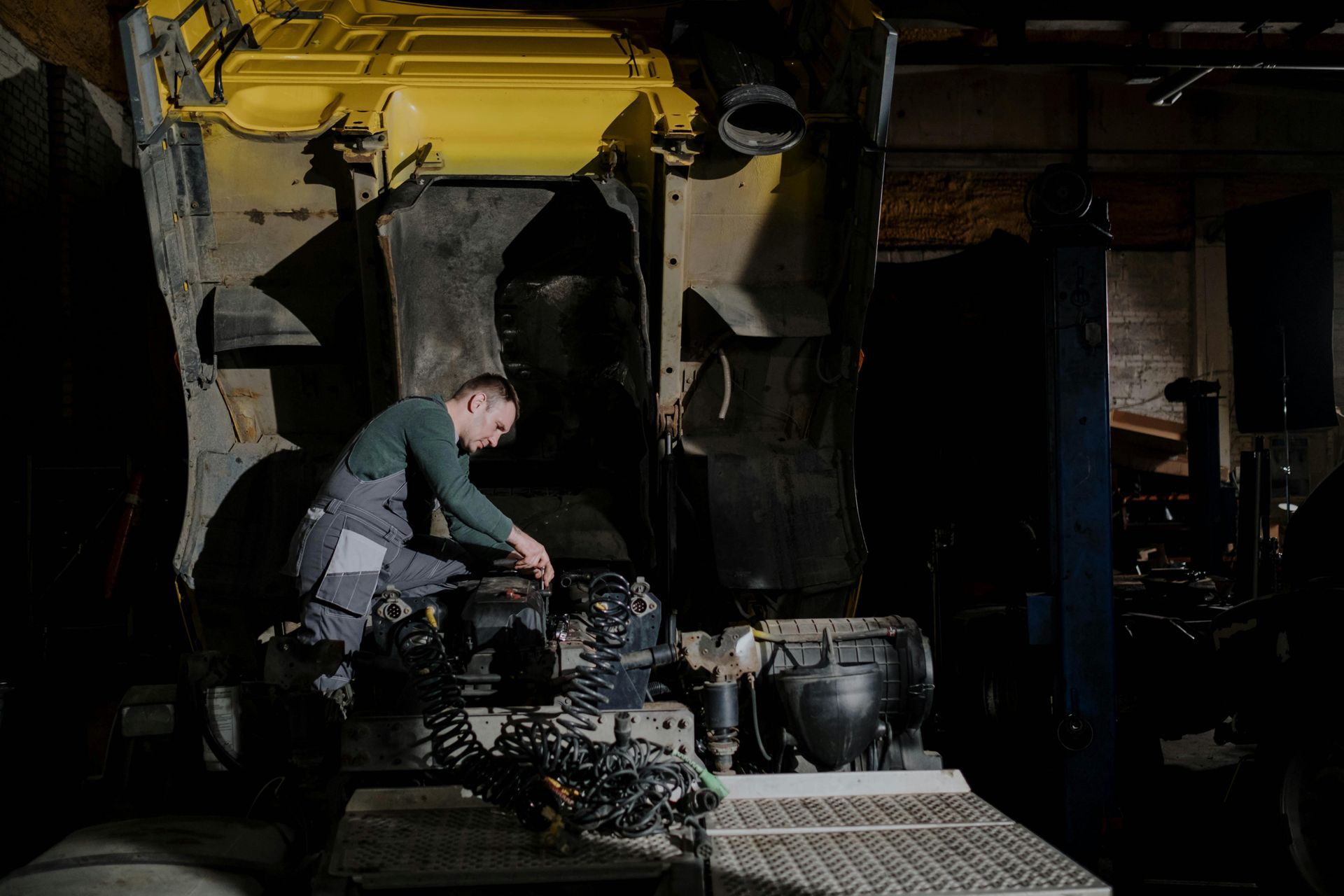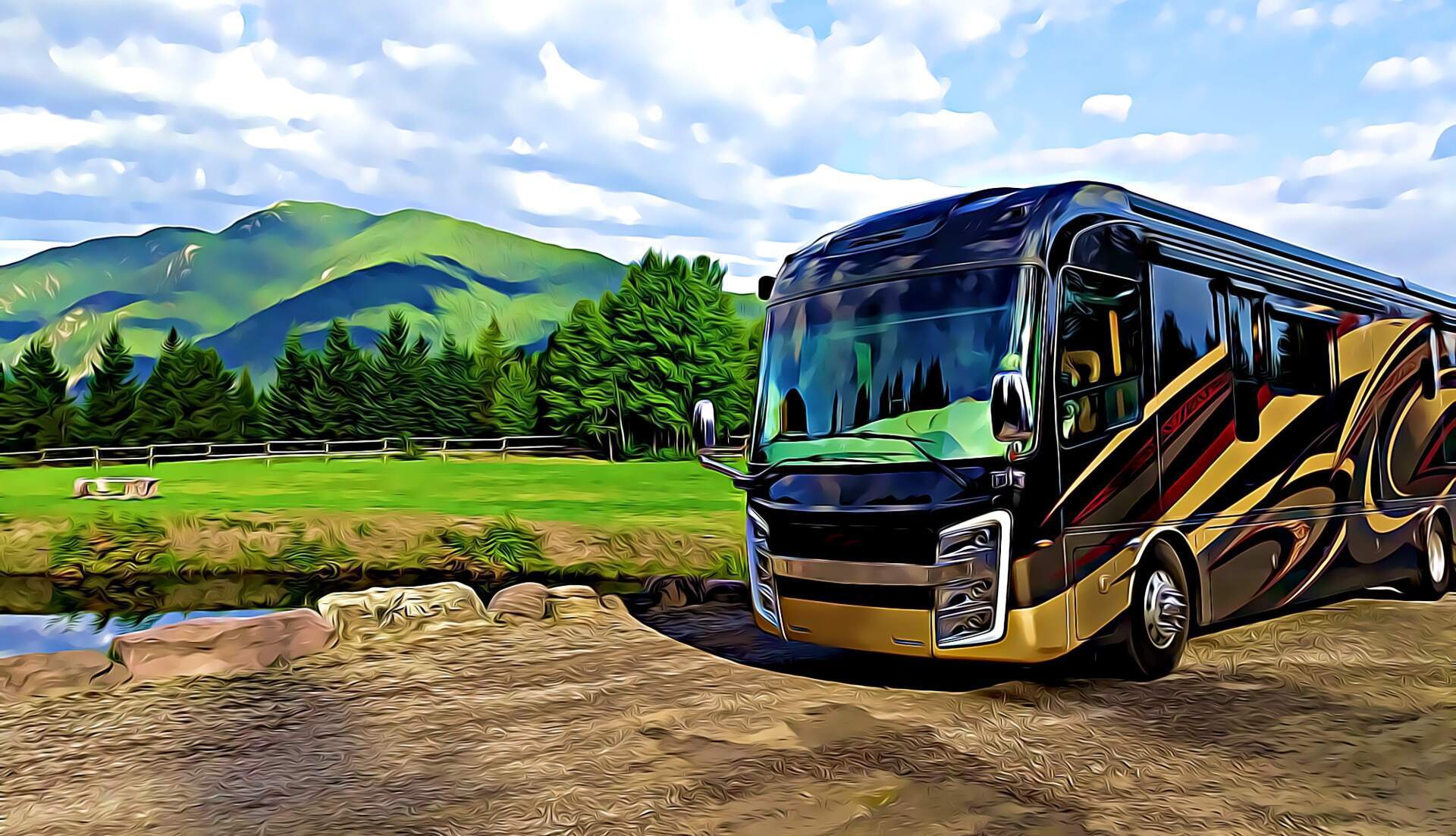Improve RV Handling and Safety with Sway Bars or Anti-Roll Bars

Sway bars, also known as anti-roll bars, are an important suspension component for RVs and other vehicles. They help improve handling and stability by reducing body roll when cornering or maneuvering. For RVs and campers, sway bars can provide major benefits in terms of safety, drivability, and comfort on the road. Let’s discuss what sway bars do, the advantages of having them on your RV, types of RV sway bars, and how to find the right service shop to handle your installation and maintenance.
Anti-Roll/Sway Bars on RVs
Sway bars connect the left and right sides of an RV's suspension system. As the vehicle leans during cornering, the sway bar transfers force from the outward-leaning side to the inward side. This transfers load to the opposite wheel, keeping the RV more level and reducing body roll.
With proper sway control, RVs handle corners better with less sliding and tipping. This improves safety on winding roads. Sway bars also reduce the sideways body motion that passengers feel when cornering quickly. This enhances comfort and reduces motion sickness.
Be sure to reconnect sway bars when back on paved roads for proper handling, stability and safety. Disconnected sway bars greatly reduce roll stability control.
Off-Road Sway Bars
For RVs designed for overland and off-road excursions, specialized heavy-duty sway bars are available. These cater to the rigors of harsh terrain while providing enhanced handling for safety.
Off-road focused sway bars are typically thicker and made of durable materials like cold-wound carbon steel. They are engineered to withstand impacts from off-camber trails and absorb aggressive side-to-side motion of off-road driving.
The Importance of Improved Traction with Sway Bars
One of the benefits sway bars provide is keeping more weight placed on the outside tires during hard cornering. This improves traction when it's needed most for steering control.
Without sway bars, centrifugal force can make the inside tires lighter during turns, reducing their grip. Proper sway control keeps outside tires weighted for more consistent traction through corners. This extra traction can be the difference between making a turn safely or losing control.
When to Use Sway Bars
● Towing travel trailers or 5th wheels - Sway bars are highly recommended for tow vehicles pulling large trailers. The extra weight behind the rear axle increases rear weight bias, reducing front grip. Sway bars counteract this.
● Big Class A or Class C motorhomes - Large motorhomes are prone to body roll due to height and weight. Sway bars greatly improve their road manners.
● Off-road adventures - Off-road models need sway bars designed to withstand impacts while providing stability over uneven terrain.
● Fast driving - During high-speed stability maneuvers or emergency avoidance, sway bar resistance to body roll is crucial for maintaining control.
● Windy conditions - Crosswinds can cause an RV to sway side-to-side. Properly calibrated sway bars counteract winds for straight-line stability.
Sway Bar Installation Process
Here are some general steps for installing sway bars:
● Lift the front of the vehicle and support it securely on jack stands. Remove the front wheels.
● Locate the new replacement sway bar and center mounting bushings. Lubricate bushings with a silicone grease.
● Remove OEM sway bar mounting hardware and detach the bar from the frame. Save hardware for reinstallation.
● Position new sway bar in place with bushings aligned. Reinstall using original mounting hardware. Torque to spec.
● Reinstall front wheels, lower vehicle, and take it for a test drive. Verify proper operation.
After adjusting sway bar links it’s a good idea to make sure your vehicle is in proper alignment. Have a shop check and align if needed.
Maintenance Tips for Sway Bars
● Inspect sway bar bushings and links during routine service. Replace damaged components.
● Lubricate bushings periodically with silicone grease to prevent squeaking and binding.
● Verify torque on all sway bar hardware. Retighten if any fasteners have loosened.
● Clean sway bars when washing the undercarriage to prevent dirt buildup and corrosion.
● Disconnect links when lifting the vehicle or servicing suspension. This prevents damage.
Contact Mainline RV and Truck Service for Sway Bars for Your RV
For RV sway bars perfectly suited for your RV, motorhome, or trailer, contact our experts at Mainline RV & Truck Service. We carry top brands and can recommend ideal sway bars based on your exact vehicle specs and usage. We also perform professional installation and alignments. Contact us today to improve your RV's handling and safety!


















